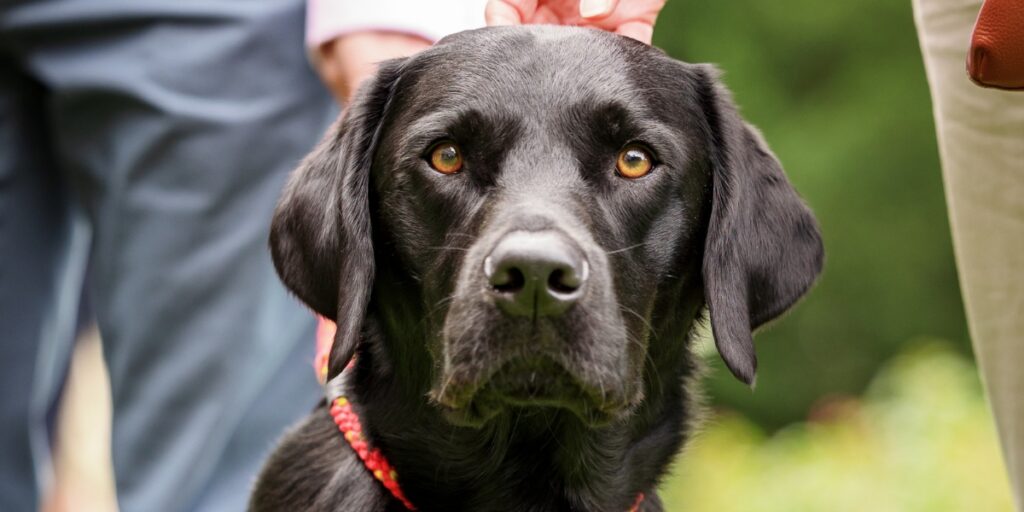
Welcome back to Blenheim
In just over a week, The Game Fair returns to Blenheim Palace for the first time in ten years. Claim your complimentary BASC member entry.
Get information on the legal shooting season for mammals and birds in the UK.
Apply for funding for your project or make a donation today
Comprehensive information and advice from our specialist firearms team.
Everything you need to know about shotgun, rifle and airgun ammunition.
Find our up-to-date information, advice and links to government resources.
Everything you need to know on firearms law and licensing.
All the latest news and advice on general licences and how they affect you.
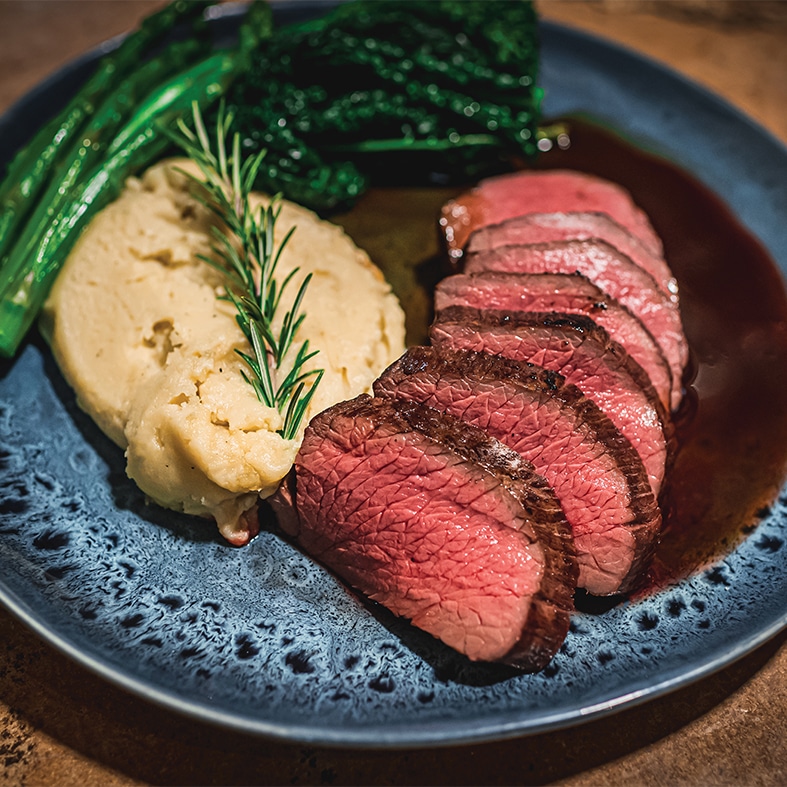

The venison market is a key factor when considering deer management across the country.
Having an outlet for carcasses or meat is often the difference between continuing with culling or having to stop due to full freezers.
I’m sure most stalkers out there will agree the past few years have been tricky, with low prices from game dealers, bottlenecks in the market and ever-increasing cull targets to try to get on top of our growing populations. But my own experiences have shown there is one option that can be highly rewarding and successful: self-processing.
I tend to process most of the deer I shoot myself and sell them locally, meaning I’ve always got a list of people keen for more venison, and I have learnt a lot of lessons the hard way.
But it’s important to emphasise I am not suggesting this is the answer for our nationwide deer and venison issues. Those of you with hefty culls of our larger deer species will know that setting up to process hundreds of carcasses would turn into a full-time job. However, the local processing and sale of venison is one part of the overall solution and one that needs more support.

So, let’s answer a very basic question, what is processing? For deer, a carcass can be fully gralloched and the head and legs removed before processing kicks in. Therefore, once you start skinning a carcass, you have begun processing, and the rules change slightly. What rules do I mean? There are a great many regulations around the production of food, and I won’t go into full detail here.
If you are processing game meat for sale, you will need to register as a food business first and foremost. This is done through your local council and will most likely involve an inspection of the premises where you are going to prepare and store carcasses and venison.
Don’t be put off at this first hurdle. A lot of people think this means they will need an expensive larder set-up. The reality is that you can get your kitchen approved, provided you can satisfy the council it’s hygienic and appropriate.
You will also need to have some training in food hygiene and make sure the right paperwork is in place. I imagine I may have lost some of you at the mention of paperwork, but it’s fairly straightforward. A HACCP (Hazard Analysis Critical Control Point) plan will be needed, which sounds intense but is in essence a list of what you will be doing, what could go wrong and how you will stop it. My typical example for this is that because I will be extracting the deer in a vehicle, the carcass could get contaminated by dirt etc, so I will keep it covered in a clean tray to ensure there is no contamination. Simple.
Beyond these basic requirements for setting up in the first place, good record keeping is essential to keep track of the movement of venison. With the bureaucracy out of the way, you can supply direct to the end consumer or to a retailer that sells to the end consumer (butchers, restaurants etc). If selling to these businesses, they need to be local to where the meat was prepared. In this instance local means your own council area, neighbouring council area or 50km over the border from your council area.
It sounds simple, but prior planning really is key when processing carcasses. Where will you do it? How long will it take? Do you have everything you need to hand? Is there room in the freezer? These are all questions you should be asking yourself and here’s another one: “Is this beam strong enough to hang a red deer from?” This is something I wish I had asked myself before finding out it really wasn’t.
Rushing or cutting corners will likely lead to a substandard end product and I would implore anyone thinking of processing their own venison to set your standards to the absolute highest level. Ultimately, we need more people to eat venison, so presenting a beautifully prepared and packaged product will help consumers embrace eating venison far more than something crudely hacked up and put in a bag.
My golden rule is, if I wouldn’t eat it, why should I expect anyone else to? This has meant some changes to my own stalking, including shooting far fewer red and fallow deer in the rut. I’m sure many of you will be aware that the meat of these animals is far from its finest during the rut, so I focus on achieving the brunt of my male culls before these time periods. Yes, I lose out on some more exciting stalking, but I end up with a freezer full of better tasting venison for it.
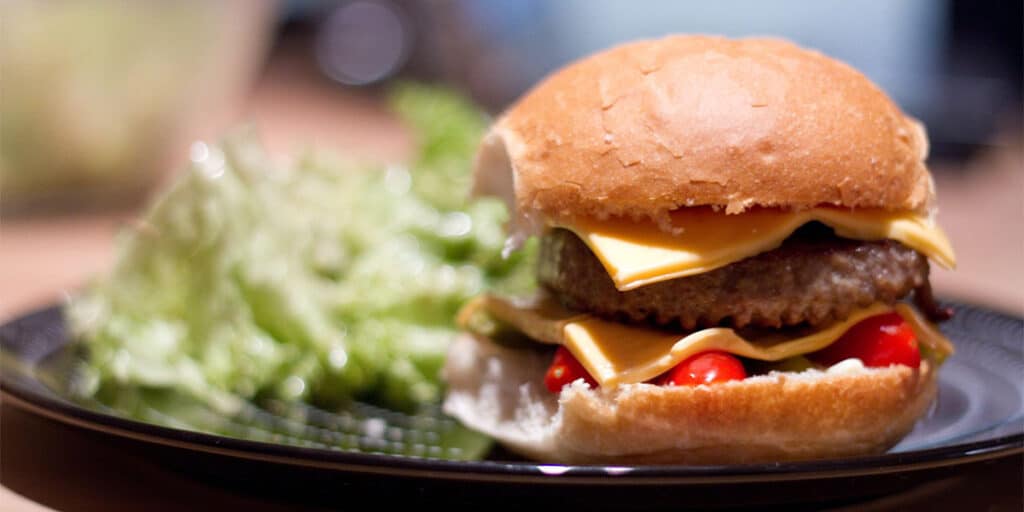
Think of whom you will sell to and what they might expect to eat. When I first set out butchering my own deer, I went to town with fancy cuts such as French-trimmed racks and osso buco steaks. These look and taste fantastic, but how many of us are eating this for tea on a Tuesday night? I have found that if I turn my venison into things that are instantly recognisable, it’s far easier to get people to try it, and then become repeat customers.
Sausages, burgers, mince and diced meat for stewing all fly out of my freezers far faster than any boned and rolled joints. Why? Because they’re approachable, affordable, quick and easy to cook for the average person leading a normal life. I’ll draw a parallel with pheasants. It can be difficult handing out a brace of birds because not many people have the time, skills or inclination to prepare them, whereas I can happily hand out a dressed bird or pack of breasts. This is not to say there isn’t a place for bigger joints for weekends and special occasions – just do a bit of research to find out what the people want, and then cater to that market.
Likewise, offer advice on how to cook it. Venison has this stigma of being a luxurious and elite meat, to the extent that people are nervous about cooking it. If I hand out a pack of mince and say treat it just like beef, it helps to instil a bit of confidence. This interaction also allows the whole story of venison, and its journey from necessary management in the field all the way to the dinner table, to be woven into the minds of consumers. I’m a firm believer that game meat is one of the key routes to engaging the non-shooting public and, with our abundant supply of healthy venison, every step we take to encourage its wider consumption strengthens our position. We just need to get out there, do our bit and help them along with it.


In just over a week, The Game Fair returns to Blenheim Palace for the first time in ten years. Claim your complimentary BASC member entry.
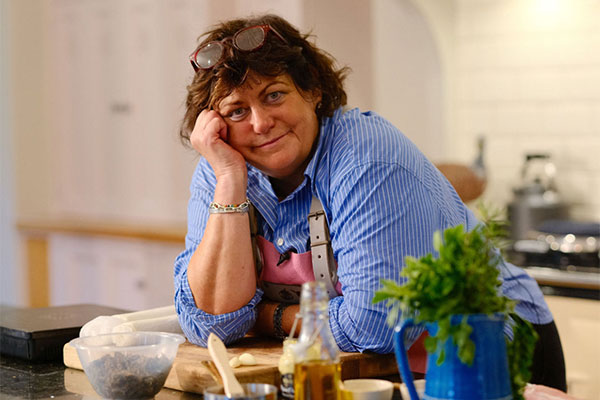
BASC wild food and Eat Game ambassador Rachel Green shares three new Christmas game recipes worthy of any table over the festive period.
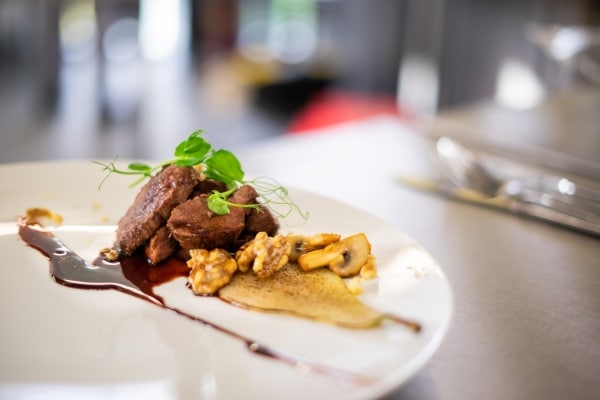
BASC regional officer Matt Dutton updates on his team’s work to educate future chefs about the benefits of using wild game as an ingredient.
Sign up to our weekly newsletter and get all the latest updates straight to your inbox.
© 2025 British Association for Shooting and Conservation. Registered Office: Marford Mill, Rossett, Wrexham, LL12 0HL – Registered Society No: 28488R. BASC is a trading name of the British Association for Shooting and Conservation Limited which is authorised and regulated by the Financial Conduct Authority (FCA) under firm reference number 311937.
BASC Direct Ltd is an Introducer Appointed Representative of Agria Pet Insurance Ltd who administer the insurance and is authorised and regulated by the Financial Conduct Authority, Financial Services Register Number 496160. Agria Pet Insurance is registered and incorporated in England and Wales with registered number 04258783. Registered office: First Floor, Blue Leanie, Walton Street, Aylesbury, Buckinghamshire, HP21 7QW. Agria insurance policies are underwritten by Agria Försäkring.
If you have any questions or complaints about your BASC membership insurance cover, please email us. More information about resolving complaints can be found on the FCA website or on the EU ODR platform.